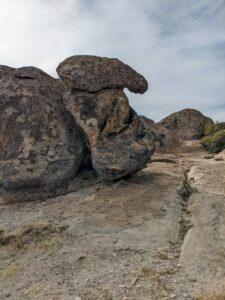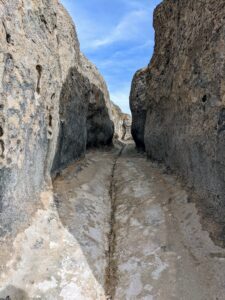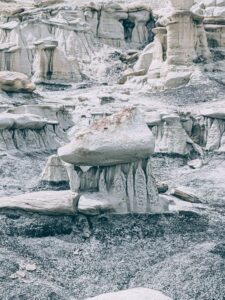I honestly spent some three months trying to read Donna Tartt’s The Little Friend. It was well written, and I generally like her written styles (I did finish The Goldfinch and The Secret History) but somehow this particular novel didn’t work for me. Out of frustration, I just borrowed the most popular book on Libby which is available which happens to be the titular book written by Laura Dave.
Oh boy was the difference in writing stark. It was distinctively less sophisticated and the vocabulary more elementary. It made for much faster reading meaning the novel was done in less than a week. This is also probably due to the over-explanation at all points.
Was it worth it? Eh.
I honestly thought the plot was unrealistic with hackneyed tropes: a teenager being difficult, the protagonist doing things for “love”, a clear misunderstanding of what technology can do. Still, I finished it.
Why is that? I don’t know.






